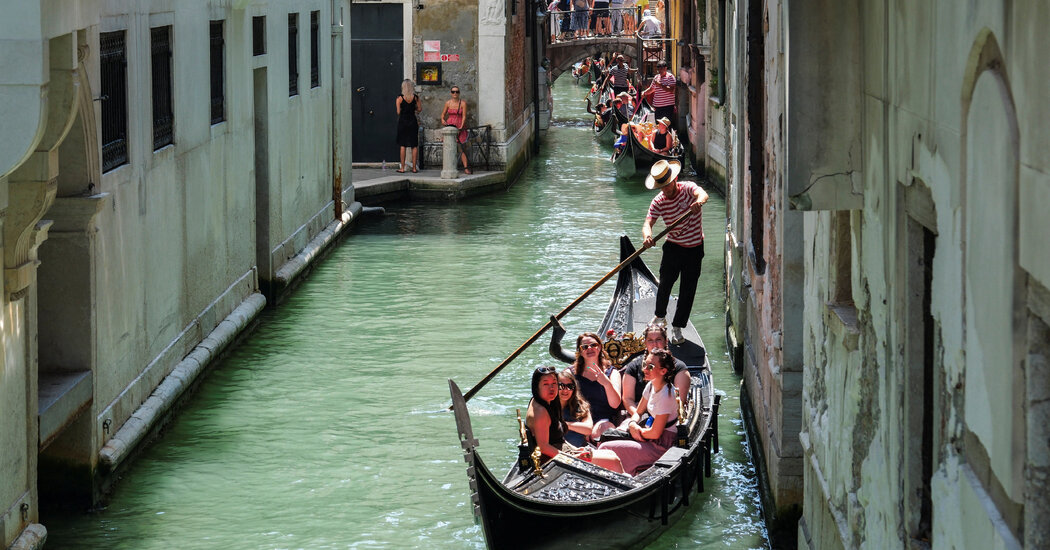Take in a Roman Renaissance palace
The walkways of Venice might be overcrowded, but many of its museums are not. According to the city’s official record, each year over a million tickets are sold for St. Mark’s Basilica and for the Doge’s Palace, but lesser-known museums sell only a tiny fraction of that. One of the most charming is Palazzo Grimani, in the sestiere Castello (adults: €14). The palazzo was once the residence of the Grimanis, a noble family who dominated Venice’s political and cultural life throughout the Renaissance as devotees and avid collectors of Roman art. Today, visitors can enjoy the palazzo’s elegantly grandiose architecture, inspired by the Roman Renaissance, and a collection of about 120 statues dating back to ancient Rome. The main hall, Sala della Tribuna, is so rich in art and beauty that it’s almost overwhelming (and quite perfect for Instagram).
Support a ‘Scuola’ or three
Though the name means “schools,” the Venetian Scuole are centuries-old mutual aid societies, hosted in marvelous palazzos and now open to the public.
Back in their heydays in the 16th to 18th centuries, the Scuole governed most aspects of life — from education to social security — for Venetians who didn’t belong to the nobility or the clergy. Today, they mainly maintain the priceless art that adorns their headquarters, relying mostly on membership fees from locals and tickets from visitors. Visiting one or more Scuole can offer a unique experience for those who appreciate art and value ethical tourism. “Even in an age of overtourism, people can do their part and be of help. Visiting cultural institutions that need support is a good way,” said Stefano Croce, the other co-founder of Venice Guides for Sustainable Tourism and a member of the Scuola Dalmata.
There are dozens of Scuole, but three in particular are worth visiting, with tickets ranging from €5 to €10. The Scuola Grande di San Rocco, with its majestic marble facade, hosts some of Tintoretto’s finest works: the Sala Capitolare is considered Tintoretto’s Sistine Chapel. The smaller Scuola Dalmata is home to a collection of paintings by one of the masters of Venetian Renaissance, Vittore Carpaccio (the meat dish was name after the painter), including a famous canvas depicting St. George and the Dragon. Then in Dorsoduro, there’s the Scuola dei Carmini, whose ceiling is covered by canvas paintings by Tiepolo, dating to circa 1740.
Go beyond the Jewish ghetto
Click Here to Read the Full Original Article at NYT > Travel…
